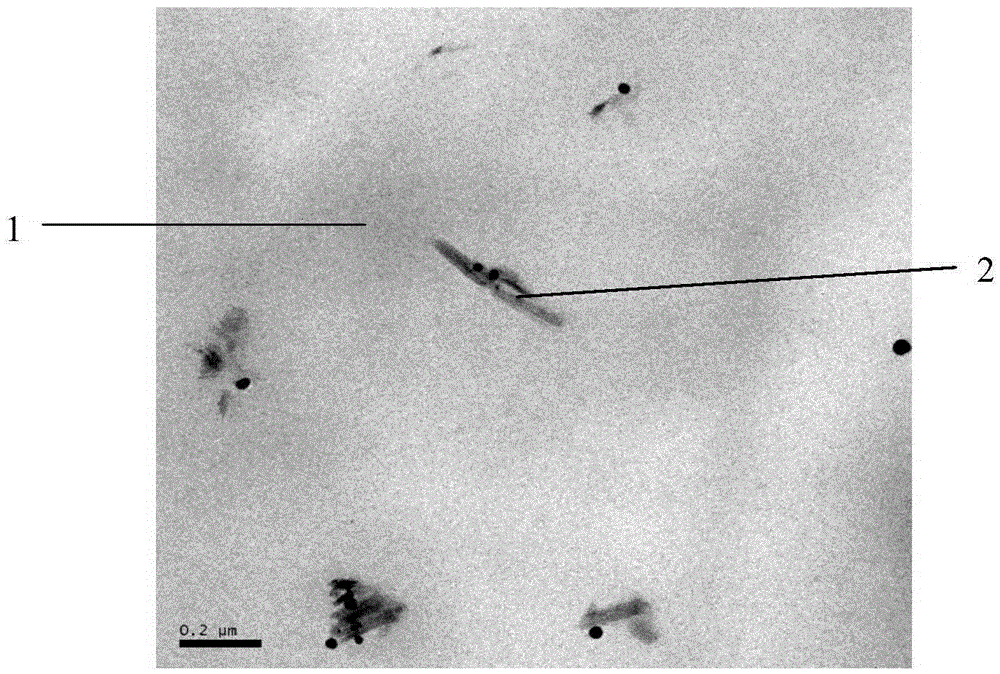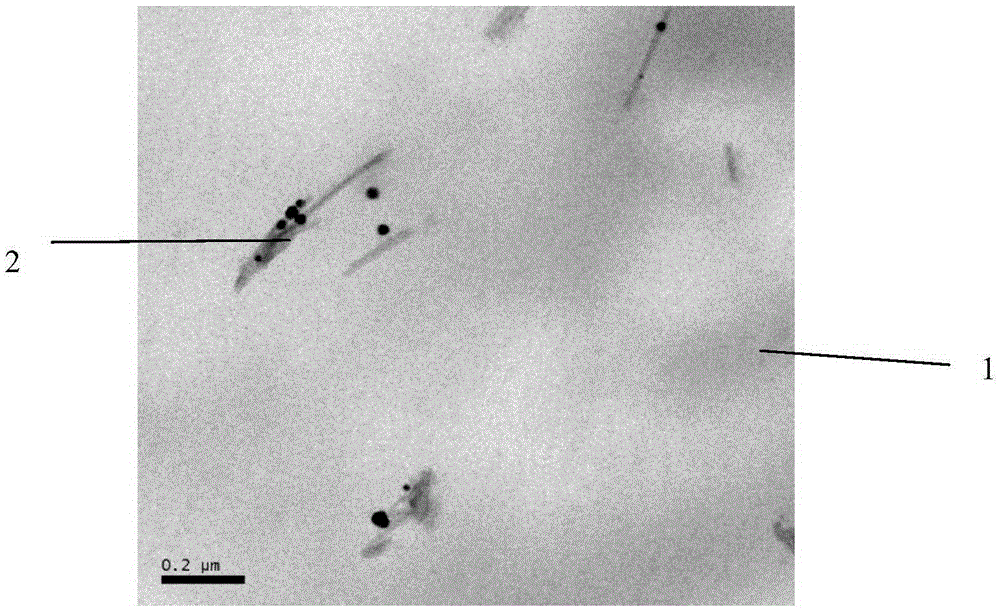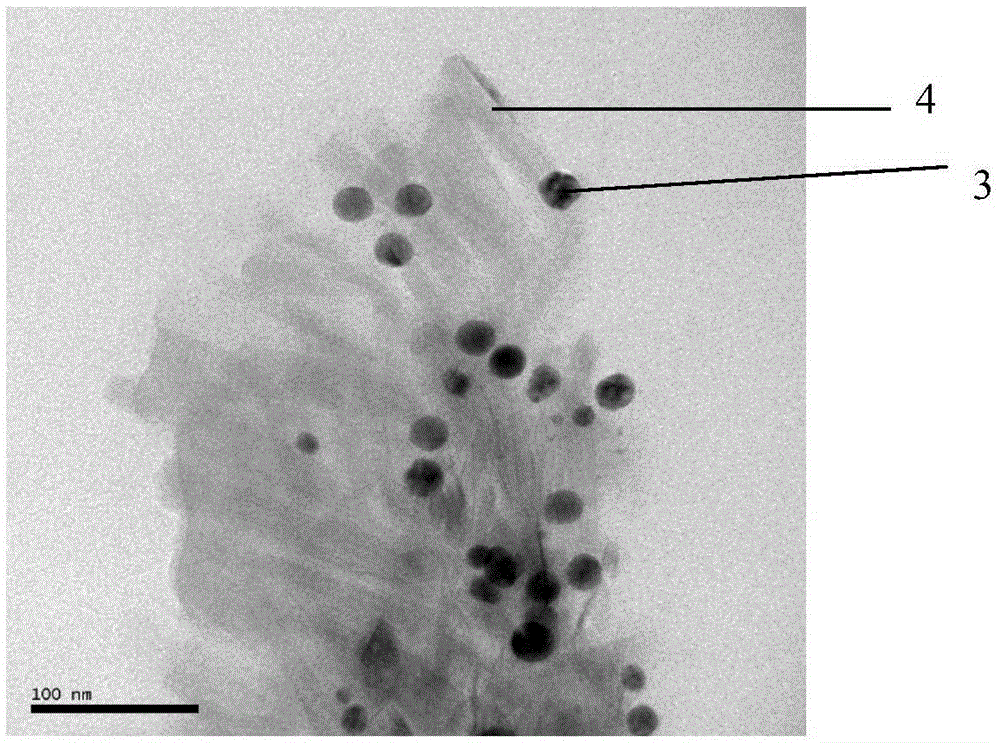Antibacterial polypropylene and a preparing method thereof
An antibacterial polypropylene and polypropylene resin technology, applied in the field of polymers, can solve the problems of poor antibacterial effect of antibacterial agents, restrictions on large-scale production and application, and complicated preparation process, so as to achieve improved rigidity, high activity, and simple process Effect
- Summary
- Abstract
- Description
- Claims
- Application Information
AI Technical Summary
Problems solved by technology
Method used
Image
Examples
Embodiment 1
[0042] Take a certain amount of heat-activated and dispersed attapulgite (AT), prepare it into an aqueous suspension with a mass concentration of attapulgite of 5%, and then add silver nitrate solution (AgNO 3 / AT=17 / 100) was added to the attapulgite suspension, at 70°C, magnetically stirred for 2 hours, then the attapulgite suspension was spray-dried at 175°C, and the composite powder obtained by spray drying was collected. Finally, the obtained composite powder was calcined in a muffle furnace at 400° C. for 30 minutes to obtain attapulgite-nanometer silver composite inorganic powder.
Embodiment 2
[0044] Except that the temperature of the magnetic stirring after mixing the silver nitrate solution and the attapulgite suspension was adjusted to 50° C., other process steps were the same as in Example 1.
Embodiment 3
[0046] Weigh a certain amount of attapulgite (AT) that has been heat-activated and dispersed, and prepare an aqueous suspension with a mass concentration of attapulgite of 1%, and then add silver nitrate solution (AgNO 3 / AT=17 / 100) was added to the attapulgite suspension, stirred magnetically for 1 h at 50°C, and then the attapulgite suspension was spray-dried at 200°C, and the composite powder obtained by spray drying was collected. Finally, the obtained composite powder was calcined in a muffle furnace at 500° C. for 30 minutes to obtain attapulgite-nanometer silver composite inorganic powder.
PUM
| Property | Measurement | Unit |
|---|---|---|
| particle diameter | aaaaa | aaaaa |
| diameter | aaaaa | aaaaa |
| diameter | aaaaa | aaaaa |
Abstract
Description
Claims
Application Information
 Login to View More
Login to View More - R&D
- Intellectual Property
- Life Sciences
- Materials
- Tech Scout
- Unparalleled Data Quality
- Higher Quality Content
- 60% Fewer Hallucinations
Browse by: Latest US Patents, China's latest patents, Technical Efficacy Thesaurus, Application Domain, Technology Topic, Popular Technical Reports.
© 2025 PatSnap. All rights reserved.Legal|Privacy policy|Modern Slavery Act Transparency Statement|Sitemap|About US| Contact US: help@patsnap.com



